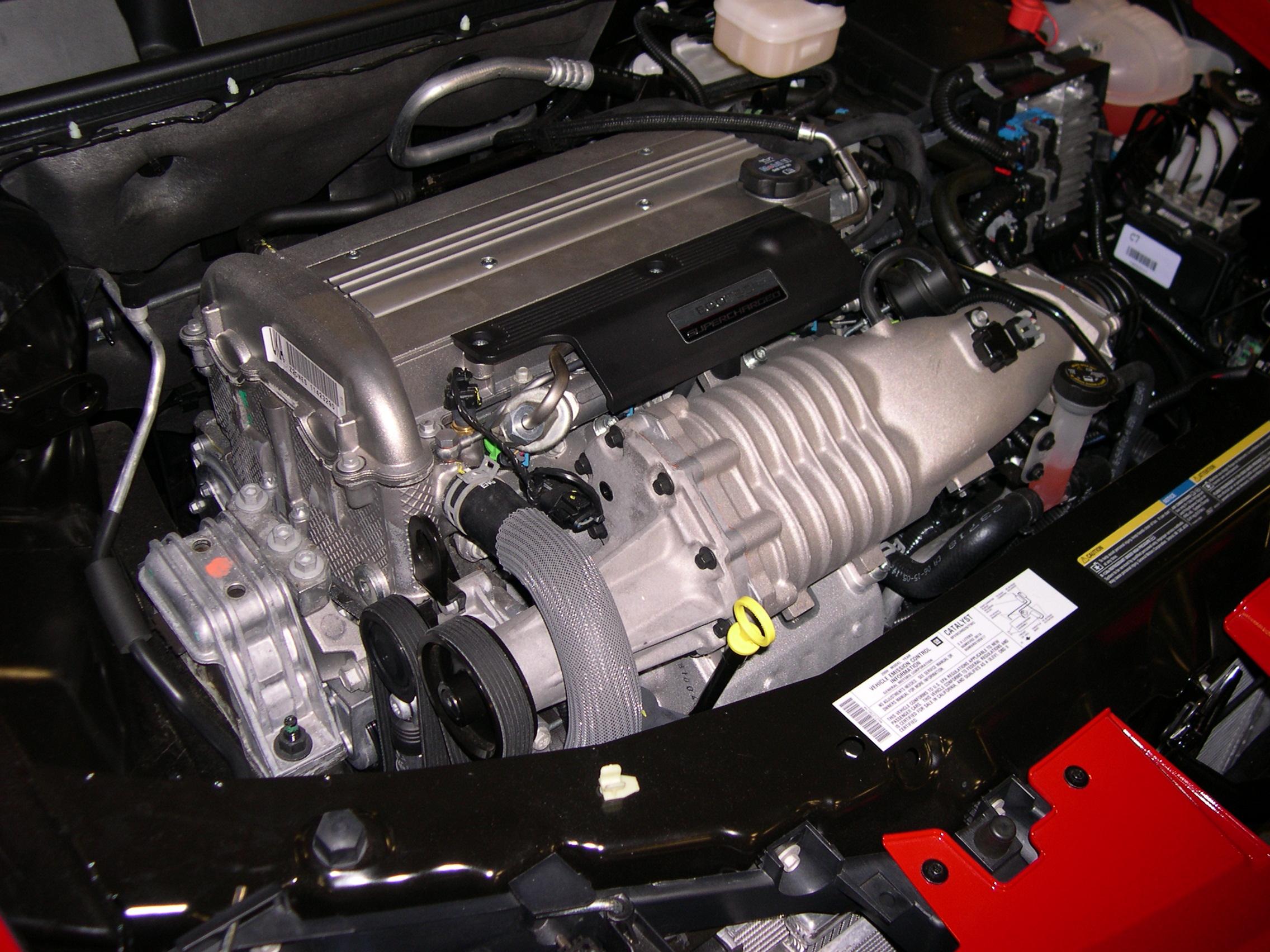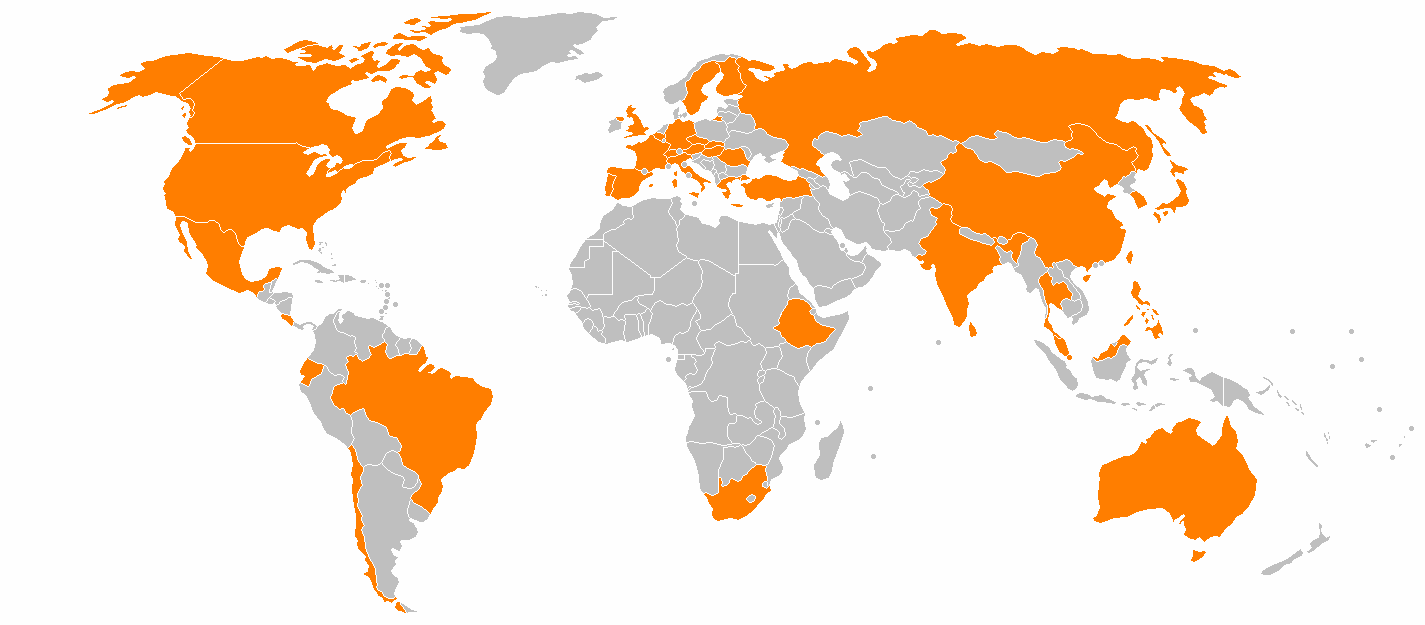|
Mercedes-Benz W154
The Mercedes-Benz W154 was a Grand Prix racing car designed by Rudolf Uhlenhaut. The W154 competed in the 1938 and 1939 Grand Prix seasons and was used by Rudolf Caracciola to win the 1938 European Championship. The W154 was created as a result of a rule change by the sports governing body AIACR, which limited supercharged engine capacities to 3000cc. Mercedes' previous car, the supercharged 5700cc W125, was therefore ineligible. The company decided that a new car based on the chassis of the W125 and designed to comply with the new regulations would be preferable to modifying the existing car. Although using the same chassis design as the 1938 car, a different body was used for the 1939 season and the M154 engine used during 1938 was replaced by the M163. As a result of the new engine, the 1939 car is often mistakenly referred to as a Mercedes-Benz W163. Concept For the 1938 season, Grand Prix racing's governing body AIACR moved from a formula limited by weight to one by engine ... [...More Info...] [...Related Items...] OR: [Wikipedia] [Google] [Baidu] |
Mercedes-Benz W154, Techno-Classica 2018, Essen (IMG 9893)
Mercedes-Benz (), commonly referred to as Mercedes and sometimes as Benz, is a German luxury and commercial vehicle automotive brand established in 1926. Mercedes-Benz AG (a Mercedes-Benz Group subsidiary established in 2019) is headquartered in Stuttgart, Baden-Württemberg, Germany. Mercedes-Benz AG produces consumer luxury vehicles and commercial vehicles badged as Mercedes-Benz. From November 2019 onwards, Mercedes-Benz-badged heavy commercial vehicles (trucks and buses) are managed by Daimler Truck, a former part of the Mercedes-Benz Group turned into an independent company in late 2021. In 2018, Mercedes-Benz was the largest brand of premium vehicles in the world, having sold 2.31 million passenger cars. The brand's origins lie in Daimler-Motoren-Gesellschaft's 1901 Mercedes and Carl Benz's 1886 Benz Patent-Motorwagen, which is widely regarded as the first internal combustion engine in a self-propelled automobile. The slogan for the brand is "the best or nothing". Hi ... [...More Info...] [...Related Items...] OR: [Wikipedia] [Google] [Baidu] |
Supercharged
In an internal combustion engine, a supercharger compresses the intake gas, forcing more air into the engine in order to produce more power for a given displacement. The current categorisation is that a supercharger is a form of forced induction that is mechanically powered (usually by a belt from the engine's crankshaft), as opposed to a turbocharger, which is powered by the kinetic energy of the exhaust gasses. However, up until the mid-20th century, a turbocharger was called a "turbosupercharger" and was considered a type of supercharger. The first supercharged engine was built in 1878, with usage in aircraft engines beginning in the 1910s and usage in car engines beginning in the 1920s. In piston engines used by aircraft, supercharging was often used to compensate for the lower air density at high altitudes. Supercharging is less commonly used in the 21st century, as manufacturers have shifted to turbochargers to reduce fuel consumption and/or increase power outputs. Des ... [...More Info...] [...Related Items...] OR: [Wikipedia] [Google] [Baidu] |
Supercharger
In an internal combustion engine, a supercharger compresses the intake gas, forcing more air into the engine in order to produce more power for a given displacement. The current categorisation is that a supercharger is a form of forced induction that is mechanically powered (usually by a belt from the engine's crankshaft), as opposed to a turbocharger, which is powered by the kinetic energy of the exhaust gasses. However, up until the mid-20th century, a turbocharger was called a "turbosupercharger" and was considered a type of supercharger. The first supercharged engine was built in 1878, with usage in aircraft engines beginning in the 1910s and usage in car engines beginning in the 1920s. In piston engines used by aircraft, supercharging was often used to compensate for the lower air density at high altitudes. Supercharging is less commonly used in the 21st century, as manufacturers have shifted to turbochargers to reduce fuel consumption and/or increase power outputs. Des ... [...More Info...] [...Related Items...] OR: [Wikipedia] [Google] [Baidu] |
Formula Racing
Formula racing (known as open-wheel racing in North America) is any of several forms of open-wheeled single-seater motorsport. The origin of the term lies in the nomenclature that was adopted by the FIA for all of its post-World War II single-seater regulations, or formulae. The best known of these formulae are Formula One, Formula E, Formula Two, Formula Three, regional Formula Three and Formula Four. Common usage of "formula racing" encompasses other single-seater series, including the GP2 Series, which replaced Formula 3000 (which had itself been the effective replacement for Formula Two). Categories such as Formula Three and FIA Formula 2 Championship are described as feeder formulae, which refers to their position below Formula One on the career ladder of single-seater motor racing. There are two primary forms of racing formula: the open formula that allows a choice of chassis or engines and the control or "spec" formula that relies on a single supplier for chassis and e ... [...More Info...] [...Related Items...] OR: [Wikipedia] [Google] [Baidu] |
Hermann Paul Müller
Hermann Paul Müller (21 November 190930 December 1975) was a German sidecar, motorcycle, and race car driver. Müller started his competitive career on an Imperia in 1928. He became German Sidecar Champion in 1932, then in 1936, he took the German 500cc Motorcycle title. He switched to cars the next year, driving for Auto Union. He won the 1939 edition of the Fédération Internationale de l'Automobile, FIA French Grand Prix held in Reims-Gueux, Reims. The winner of that season's European Championship was never officially announced by the AIACR due to the outbreak of World War II. Although Müller would have won the championship on points, the president of Germany's highest motorsports organisation declared Hermann Lang the champion. After the war he returned to motorcycle racing, winning the 1947 and 1948 German 250cc titles on DKW. In 1955 Grand Prix motorcycle racing season, 1955, he won the 250cc List of Grand Prix motorcycle racing World Champions by year, world champio ... [...More Info...] [...Related Items...] OR: [Wikipedia] [Google] [Baidu] |
World War II
World War II or the Second World War, often abbreviated as WWII or WW2, was a world war that lasted from 1939 to 1945. It involved the vast majority of the world's countries—including all of the great powers—forming two opposing military alliances: the Allies and the Axis powers. World War II was a total war that directly involved more than 100 million personnel from more than 30 countries. The major participants in the war threw their entire economic, industrial, and scientific capabilities behind the war effort, blurring the distinction between civilian and military resources. Aircraft played a major role in the conflict, enabling the strategic bombing of population centres and deploying the only two nuclear weapons ever used in war. World War II was by far the deadliest conflict in human history; it resulted in 70 to 85 million fatalities, mostly among civilians. Tens of millions died due to genocides (including the Holocaust), starvation, ma ... [...More Info...] [...Related Items...] OR: [Wikipedia] [Google] [Baidu] |
1938 French Grand Prix
The 1938 French Grand Prix (formally the XXXII Grand Prix de l'Automobile Club de France) was a Grand Prix motor race which was held at Reims-Gueux on 3 July 1938. The race was held over 64 laps of the course for a total distance of . Like the other races in the 1938 European Drivers' Championship, the French Grand Prix was held to new regulations for 1938, mandating a maximum engine capacity of 4.5L, or 3L for supercharged engines, as well as minimum weights based on a sliding scale depending on engine size, with the largest engine cars needing to weigh at least . Classification References {{Grand Prix race report , Name_of_race = French Grand Prix , Year_of_race = 1938 , Previous_race_in_season = 1937 Italian Grand Prix , Next_race_in_season = 1938 German Grand Prix , Previous_year's_race = 1937 French Grand Prix , Next_year's_race = 1939 French Grand Prix French Grand Prix French Grand Prix Grand Prix Grand Prix ( , meanin ... [...More Info...] [...Related Items...] OR: [Wikipedia] [Google] [Baidu] |
1938 Pau Grand Prix
The 1938 Pau Grand Prix was a motor race held on 10 April 1938 at the Pau Grand Prix, Pau circuit, in Pau, Pyrénées-Atlantiques, Pau, Pyrénées-Atlantiques, France. The Grand Prix was won by René Dreyfus, driving the Delahaye 145. Rudolf Caracciola and Hermann Lang combined to finish second and Gianfranco Comotti finished third. Classification Race References {{reflist Pau Grand Prix 1938 in French motorsport ... [...More Info...] [...Related Items...] OR: [Wikipedia] [Google] [Baidu] |
Continental AG
Continental AG, commonly known as Continental or colloquially as Conti, is a German multinational automotive parts manufacturing company specializing in tires, brake systems, interior electronics, automotive safety, powertrain and chassis components, tachographs, and other parts for the automotive and transportation industries. Continental is structured into six divisions: Chassis and Safety, Powertrain, Interior, Tires, ContiTech, ADAS (Advanced Driver Assistance Systems). It is headquartered in Hanover, Lower Saxony. Continental is the world's fourth-largest tire manufacturer. Continental sells tires for automobiles, motorcycles, and bicycles worldwide under the Continental brand. It also produces and sells other brands with more select distribution such as Viking (limited global presence), General (US/Canada), Gislaved (Canada, Spain, Nordic Markets), Semperit Tyres, Barum to serve EU & Russia. Other brands are ''Uniroyal'' (Europe), Sportiva, Mabor and Matador and formerly ... [...More Info...] [...Related Items...] OR: [Wikipedia] [Google] [Baidu] |
Differential (mechanics)
A differential is a gear train with three drive shafts that has the property that the rotational speed of one shaft is the average of the speeds of the others, or a fixed multiple of that average. Functional description The following description of a differential applies to a traditional rear-wheel-drive car or truck with an open or limited slip differential combined with a reduction gearset using bevel gears (these are not strictly necessary; see spur-gear differential): Thus, for example, if the car is making a turn to the right, the main ring gear may make 10 full rotations. During that time, the left wheel will make more rotations because it has farther to travel, and the right wheel will make fewer rotations as it has less distance to travel. The sun gears (which drive the axle half-shafts) will rotate at different speeds relative to the ring gear (one faster, one slower) by, say, 2 full turns each (4 full turns relative to each other), resulting in the left wheel maki ... [...More Info...] [...Related Items...] OR: [Wikipedia] [Google] [Baidu] |
ZF Friedrichshafen
ZF Friedrichshafen AG, also known as ZF Group, originally ''Zahnradfabrik Friedrichshafen'', and commonly abbreviated to ZF (ZF = "Zahnradfabrik" = "Cogwheel Factory"), is a German car parts maker headquartered in Friedrichshafen, in the south-west German state of Baden-Württemberg. Specialising in engineering, it is primarily known for its design, research and development, and manufacturing activities in the automotive industry. It is a worldwide supplier of driveline and chassis technology for cars and commercial vehicles, along with specialist plant equipment such as construction equipment. It is also involved in rail, marine, defense and aviation industries, as well as general industrial applications. ZF has 241 production locations in 41 countries with approximately 148,000 (2019) employees. ZF Friedrichshafen is more than 90% owned by the Zeppelin Foundation, which is largely controlled by the town of Friedrichshafen. History The company was founded in 1915 in Friedri ... [...More Info...] [...Related Items...] OR: [Wikipedia] [Google] [Baidu] |
.jpg)






